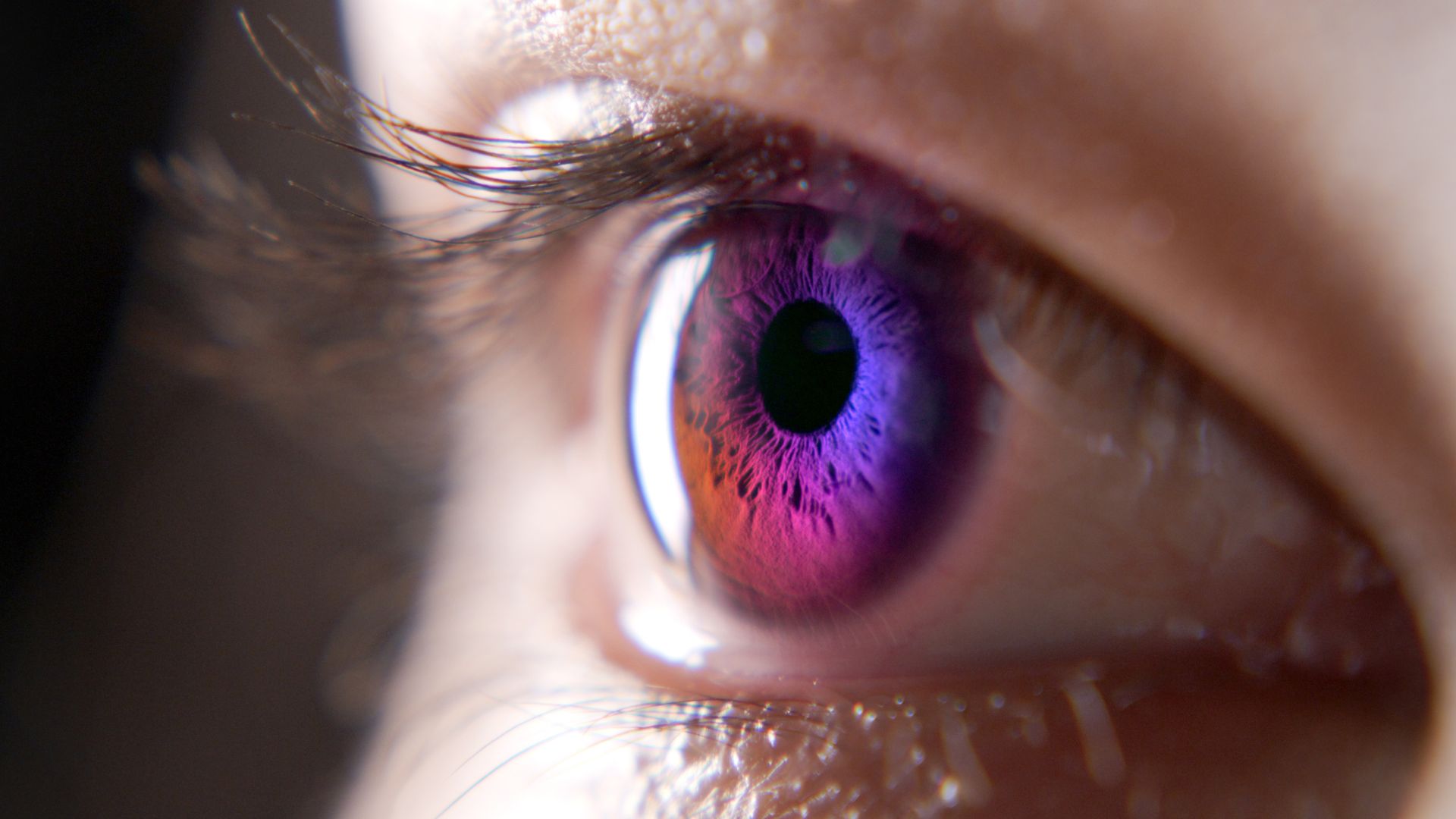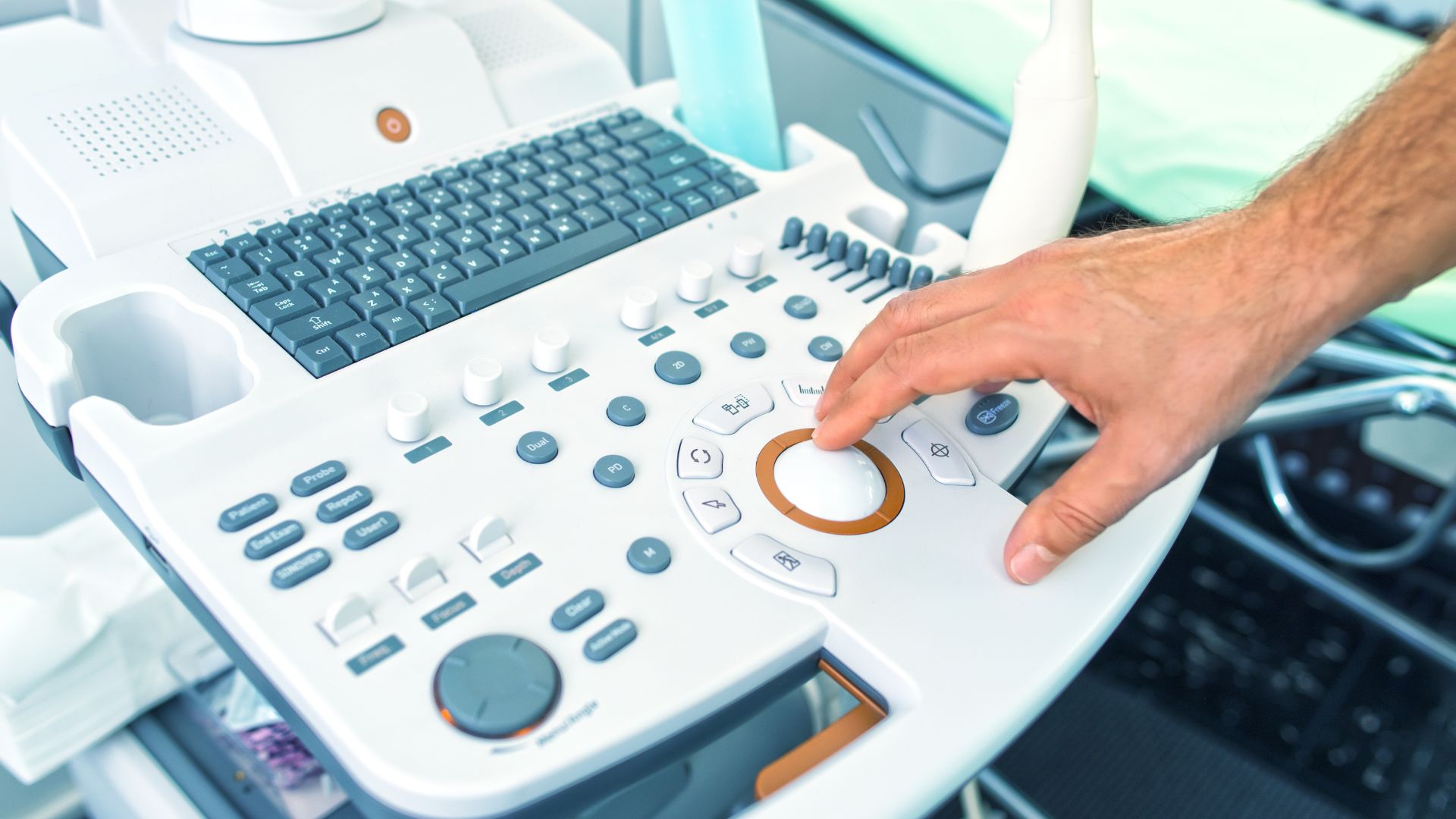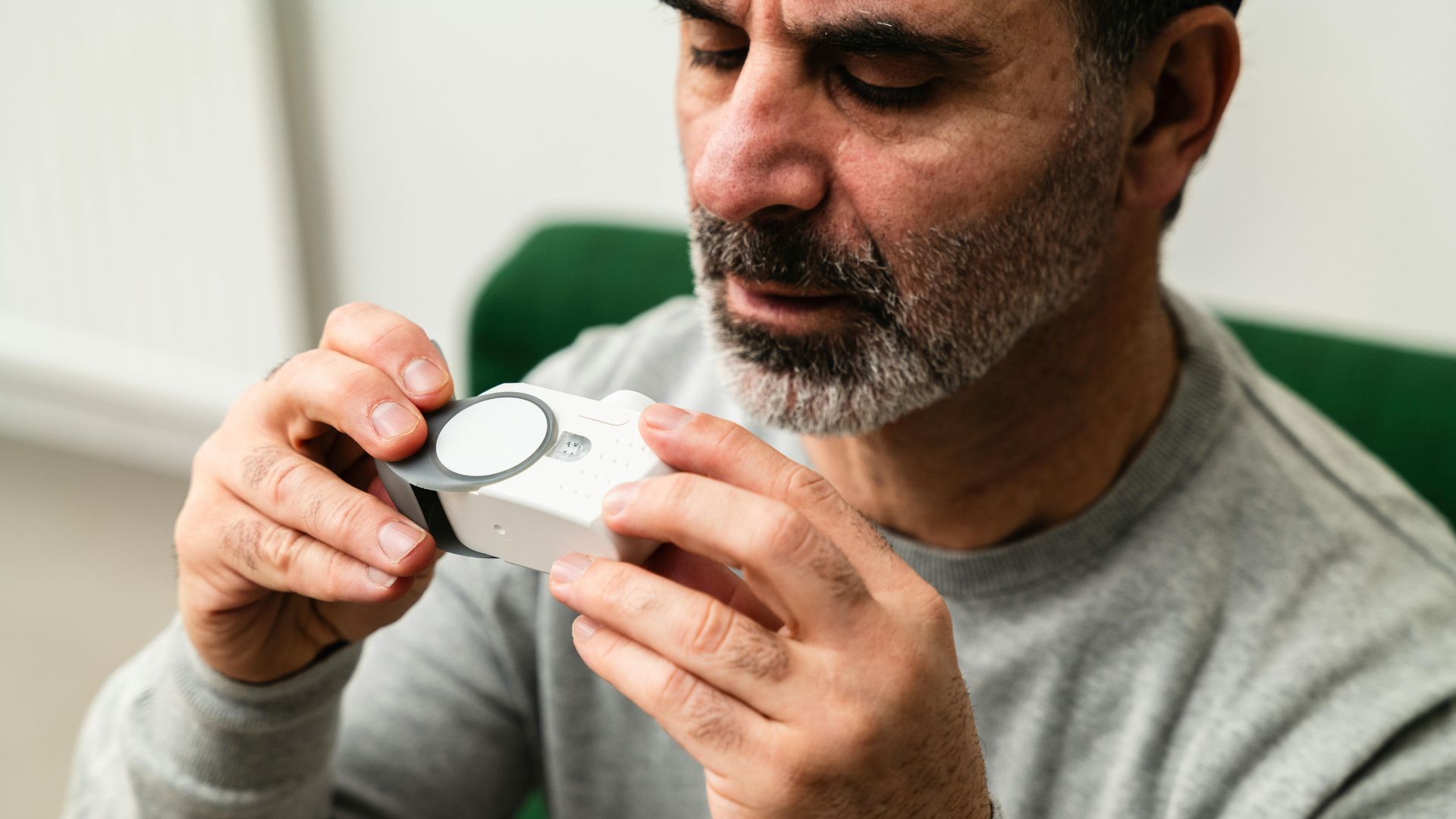Cosmetic & decorative contact lenses—often marketed for Halloween, cosplay & aesthetic purposes—are regulated by the FDA as Class II medical devices. Even though these lenses do not provide vision correction, they come into direct contact with the eye, requiring strict safety, sterility & labeling compliance.
Non-compliance can lead to Import Alerts, detentions, fines & serious health risks for consumers. Manufacturers, distributors & retailers must ensure their lenses meet FDA regulatory requirements before marketing or selling them in the US.
How the FDA Classifies Cosmetic Contact Lenses
Understanding how cosmetic contact lenses are categorized is essential for regulatory planning:
- Class II (Moderate Risk): All non-corrective, colored, decorative & cosmetic contact lenses fall under Class II medical devices, requiring 510(k) clearance before legal distribution in the US.
- Unapproved Lenses: Any cosmetic contact lenses sold without a valid 510(k) clearance are considered illegal & subject to seizure.
- Prescription Requirement: All contact lenses—including cosmetic ones—require a valid prescription to ensure proper fit & safety.
Key FDA Compliance Requirements for Cosmetic Contact Lenses
To legally sell cosmetic lenses in the US, manufacturers must:
- Establishment Registration: Register annually with the FDA.
- Medical Device Listing: List each product with the FDA.
- 510(k) Clearance: Secure clearance before US distribution.
- UDI Compliance: Apply Unique Device Identifiers (UDI) to all packaging.
- Sterility & Biocompatibility Testing: Ensure ISO 10993 compliance for safety.
- Labeling & Advertising Compliance: Avoid misleading claims.
- Retailer Compliance: Require a prescription for all sales.
- Import Alert Prevention: Fully comply before importing to avoid detentions.
Common Compliance Challenges & Solutions
Lack of awareness or misclassification can result in serious enforcement actions:
Case Study: Import Detention Due to Lack of 510(k) Clearance
A company imported Halloween-themed lenses assuming they weren’t medical devices. The FDA detained the shipment, resulting in:
- Destruction or return of non-compliant products.
- Revenue loss & increased compliance costs.
- A six-month delay in market entry.
Case Study: FDA Crackdown on Unauthorized Retail Sales
A beauty supply store sold lenses without prescriptions, treating them as fashion accessories. The FDA issued:
- A cease-and-desist order.
- Fines & reputational damage.
- Public warnings to consumers.
Regulatory Considerations for Cosmetic Contact Lenses
Key factors to keep in mind:
- FDA User Fees: Required annually; Small Business Fee Assistance may apply.
- Import Alerts: Violations may trigger automatic detentions.
- Certificate to Foreign Government (CFG): Needed for exports.
- Health Canada Licensing: MDEL may be required for Canadian distribution.
Avoiding FDA Compliance Pitfalls
Stay ahead by implementing these best practices:
- Secure 510(k) Clearance: Before entering the US market.
- Enforce Prescription Requirements: Always verify before selling.
- Apply UDI Labels: Ensure traceability.
- Maintain Labeling Accuracy: No misleading claims.
- Partner with Regulatory Experts: Simplify compliance & accelerate entry.
Bringing Safe Vision to Market
Cosmetic lenses may appear fashion-focused, but they are highly regulated medical devices. Missteps in classification, labeling or prescription enforcement can lead to serious consequences.
By securing proper FDA clearance, maintaining labeling accuracy & working with regulatory experts, manufacturers can reduce risk, ensure compliance & bring safe, high-quality products to consumers.








